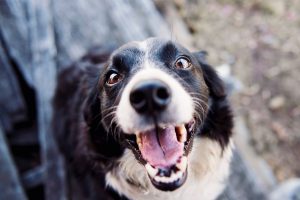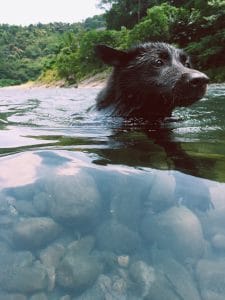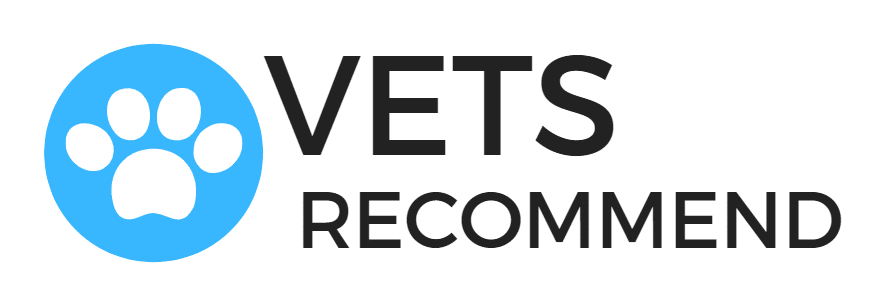 In direct continuation to socialization comes handling. The term handling refers amount of physical touch and restraint the dog can withstand without showing signs of discomfort or aggression. Every dog should be able to absorb and tolerate human handling to some extent. The more a dog is used to human handling, the less the chances of a bite. Handling does not mean petting and belly rubs. It refers to more physical types of treatments such as nail clipping, grooming, bandaging, teeth brushing, etc. many dogs do not like those kinds of treatments but through careful desensitization to human handling, they can actually learn to love it.
In direct continuation to socialization comes handling. The term handling refers amount of physical touch and restraint the dog can withstand without showing signs of discomfort or aggression. Every dog should be able to absorb and tolerate human handling to some extent. The more a dog is used to human handling, the less the chances of a bite. Handling does not mean petting and belly rubs. It refers to more physical types of treatments such as nail clipping, grooming, bandaging, teeth brushing, etc. many dogs do not like those kinds of treatments but through careful desensitization to human handling, they can actually learn to love it.
Handling exercises should be done on a daily basis by all people in the household. It is usually a good idea to start doing those exercises when your dog is relaxed (evening time after a long play session is perfect). Gradually start handling your dog when it is more active or aroused. Start by petting your dog and give treats with the petting. Then, start touching the dog’s paws and give a treat after every touch. Increase the time you hold each paw before you give the treat and act like you are clipping the toenails. If, at any time, your dog becomes agitated, go back to a stage when it was not. For example, if your dog mouths your hand when you hold his paw for more than 5 seconds, reduce the time to 4 seconds and give the treat. Repeat several times and go back to 5 seconds. Generally, it is time to move to the next level or increase the difficulty for the dog when you see that the dog is happy to be handled and looking for the treat – not just when it tolerates it.
 Do the same with looking at the dog’s teeth: look at the mouth and give a treat, increase the duration and touch the teeth with your hand like you’re brushing them. Be patient and do this gradually – this exercise can seem to progress slowly but if you are consistent, the dog learns the drill and improves faster and faster. Now, look at the ears and with the same gradual manner continue to clean them. Examine the body, examine the tail, etc. Don’t skip any part of the dog’s body – you never know when you will have to attend to an injury or pull a foxtail.
Do the same with looking at the dog’s teeth: look at the mouth and give a treat, increase the duration and touch the teeth with your hand like you’re brushing them. Be patient and do this gradually – this exercise can seem to progress slowly but if you are consistent, the dog learns the drill and improves faster and faster. Now, look at the ears and with the same gradual manner continue to clean them. Examine the body, examine the tail, etc. Don’t skip any part of the dog’s body – you never know when you will have to attend to an injury or pull a foxtail.
When your dog is responding well to your handling when it is relaxed, you can start doing those exercises when your dog is in a more active mood. You will probably notice that your dog will be less patient with you so again start gradually. However, your dog will improve much faster as it is already experienced this type of exercise before.
Be very generous with treats and praise throughout those exercises. Remember to give the treat after the handling and not before. The dog needs to learn that clipping a nail equals a treat and not vice versa. With some dogs, you may have to start by giving the treat during or even before the actual handling. You can start that way but gradually phase out the pre handling treat and change to post handling treat.
 This exercise is important to a long life with a relaxed dog that loves to be touched by humans. It is good to have all people in the household do this training as dogs do not generalize well and the more experience they get, the better. The time investment in these exercises is insignificant compared to the lifelong benefits you and your dog will get. Enjoy these quiet times with your dog and at the same time get the dog used to that crazy human habit of touching.
This exercise is important to a long life with a relaxed dog that loves to be touched by humans. It is good to have all people in the household do this training as dogs do not generalize well and the more experience they get, the better. The time investment in these exercises is insignificant compared to the lifelong benefits you and your dog will get. Enjoy these quiet times with your dog and at the same time get the dog used to that crazy human habit of touching.
Step by Step:
- Prepare tasty treats and take them with you during the day. Make sure the treats are very attractive to your puppy.
- Wait for a time that your puppy is tired and sleepy.
- Start handling the puppy around his face. Touch the cheeks, the head, and under the chin. After each touch – give a treat. After several repetitions, your puppy would expect the treat after you touch him.
- Look at the puppy’s teeth. Hold the jaws in one hand and lift the upper lips with the other. Many dogs do not appreciate this type of handling so this exercise is important. Start with a short elevation of the upper lips followed by a treat – repeat as needed and gradually increase the duration of the upper lips held up before giving a treat. Your goal is to reach 10 seconds of teeth exam before giving the treat.
- Now, touch the teeth gently, start using a toothbrush and gradually brush your dog’s teeth – be very gentle with young puppies and consult your vet regarding your individual puppy.
- Look at the puppy’s ears. Touch them gently and look inside them, treat throughout the process as before. Gradually, look deeper into the ear and touch inside the ear like you are cleaning it. For certain breeds with erect ear, handling the ears roughly can damage the ears. Consult your vet regarding your specific puppy.
- Handle your puppy’s feet. Hold them tight and touch each toenail. Move through the motion of clipping the toenails. Again, reward generously and work your way up to longer period of restraint gradually. Try to get to the point when you hold your puppy’s foot for 10-15 seconds before you give a treat.
- Continue to the rest of the body. Touch the puppy’s back, belly, tail. Hold it tight like you need to clean a spot or take out a tic or a splinter. Reward generously.
- Remember that the object of this exercise is not to hurt your dog but to let him know that handling that is not always gentle petting is very rewarding. This will prove useful sometime in the future and during vet visits.
- At any point that your puppy looks stressed and tries to withdraw or to mouth you, know that you try to advance too fast. Don’t stress your dog. Reduce the duration between touching and treating and reduce the force of your touch. Repeat each step for several repetitions until your puppy looks forward for each touch.
- In case your dog resists strongly and you can’t seem to handle it at all, consult a dog trainer or a behavior consultant. Do not force the dog to submit – be patient and work with the professional to solve the problem.
 You can use a similar process to get your puppy used to various other uncomfortable events such as bathing. You can start by treating your dog for going into the bathtub, then for staying in the bathtub, after that, for being in the bathtub with the water running next to him. Then you treat for having the water gently wash his feet, etc…Make sure you consult your veterinarian before giving your puppy a bath.
You can use a similar process to get your puppy used to various other uncomfortable events such as bathing. You can start by treating your dog for going into the bathtub, then for staying in the bathtub, after that, for being in the bathtub with the water running next to him. Then you treat for having the water gently wash his feet, etc…Make sure you consult your veterinarian before giving your puppy a bath.


